What does the sun protection factor mean?
What should you pay attention to besides the sun protection factor?
Which sun protection factor is right for you?
How do you calculate the right sun protection factor?
Sun Protection Factor: The Right Protection for Your Skin
What does the sun protection factor mean?
The sun protection factor (SPF) indicates how long a sunscreen protects your skin from the harmful effects of UV radiation – including sunburn and premature skin aging.
What should you pay attention to besides the sun protection factor?
Not only the SPF is important, but also your skin type, the duration of sun exposure and the correct application of sun protection.
Which sun protection factor is right for you?
Everyone reacts differently to sunlight. Your skin type – determined by skin, hair and eye color – influences the so-called self-protection time of your skin.
Light skin types with a short natural protection time require a higher SPF than darker skin types. It is therefore important to adapt sun protection to the individual.
How do you calculate the right sun protection factor?
To determine the right SPF, you need to know how long you want to stay in the sun and how long your skin's natural protection time is. The formula is:
Planned sun time (minutes) ÷ skin's own protection time (minutes) = required SPF
An example:
If you have light skin and brown hair and want to be safe in the sun for 300 minutes, you need at least SPF 30 (300 ÷ 10 = 30) for a natural protection time of 10 minutes. Regular reapplying of sunscreen is a prerequisite.
Important: The maximum time you can stay in the sun cannot be extended by reapplying sunscreen. After the calculated time has elapsed, you should seek shade to avoid sunburn - in the example above, after 300 minutes at the latest.



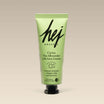




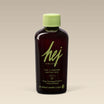

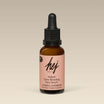
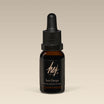

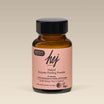

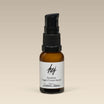
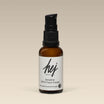
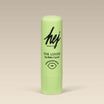



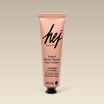
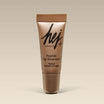
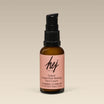



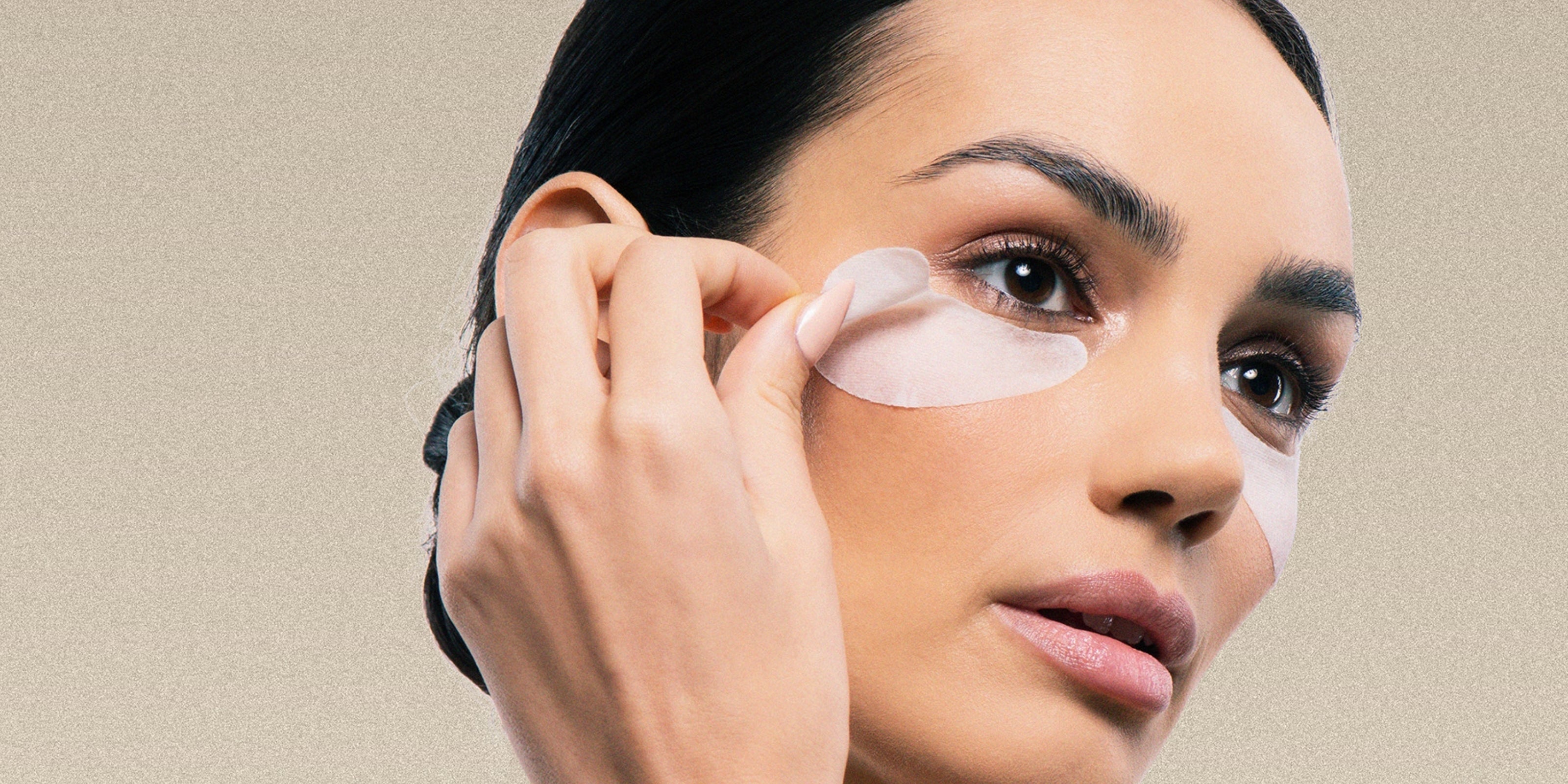
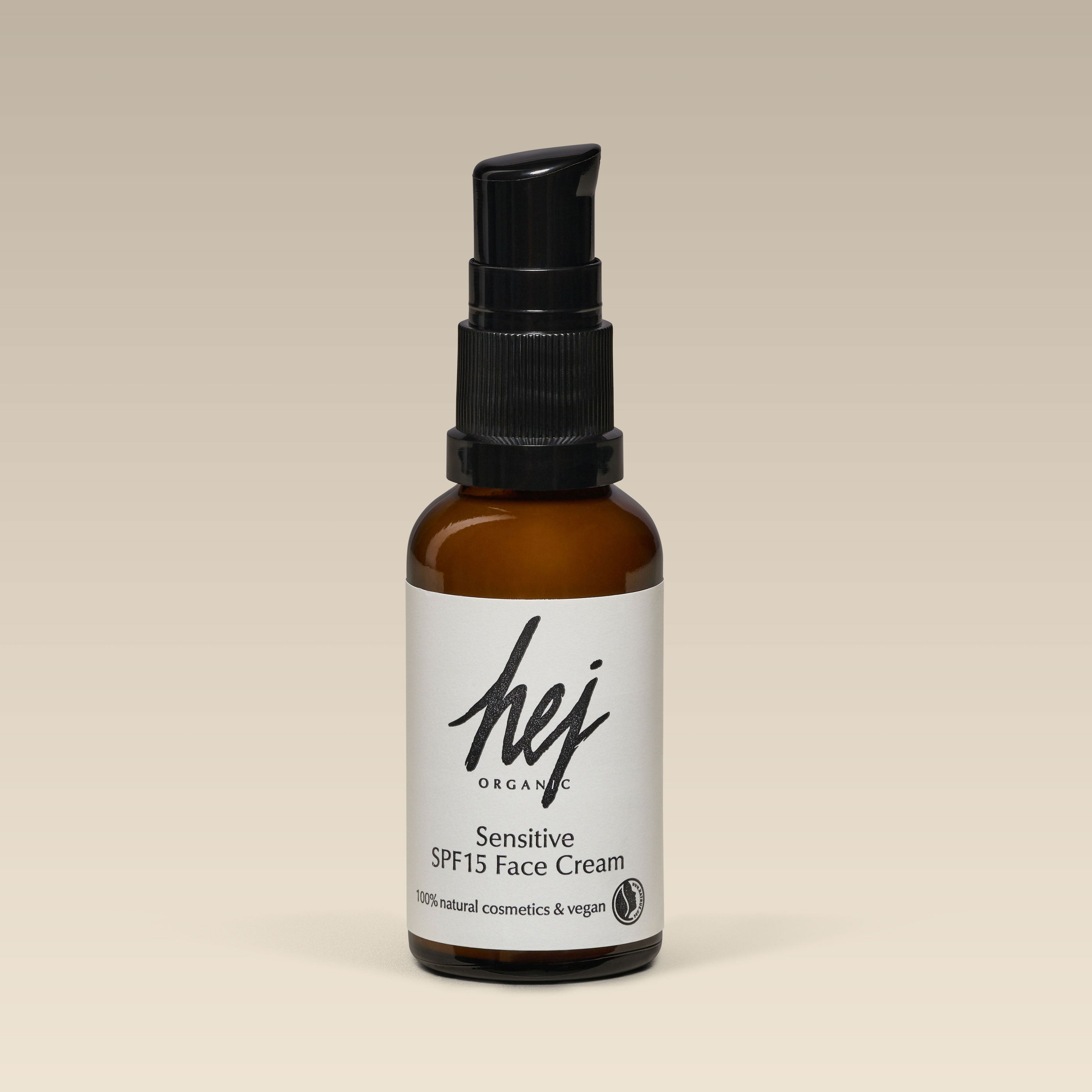
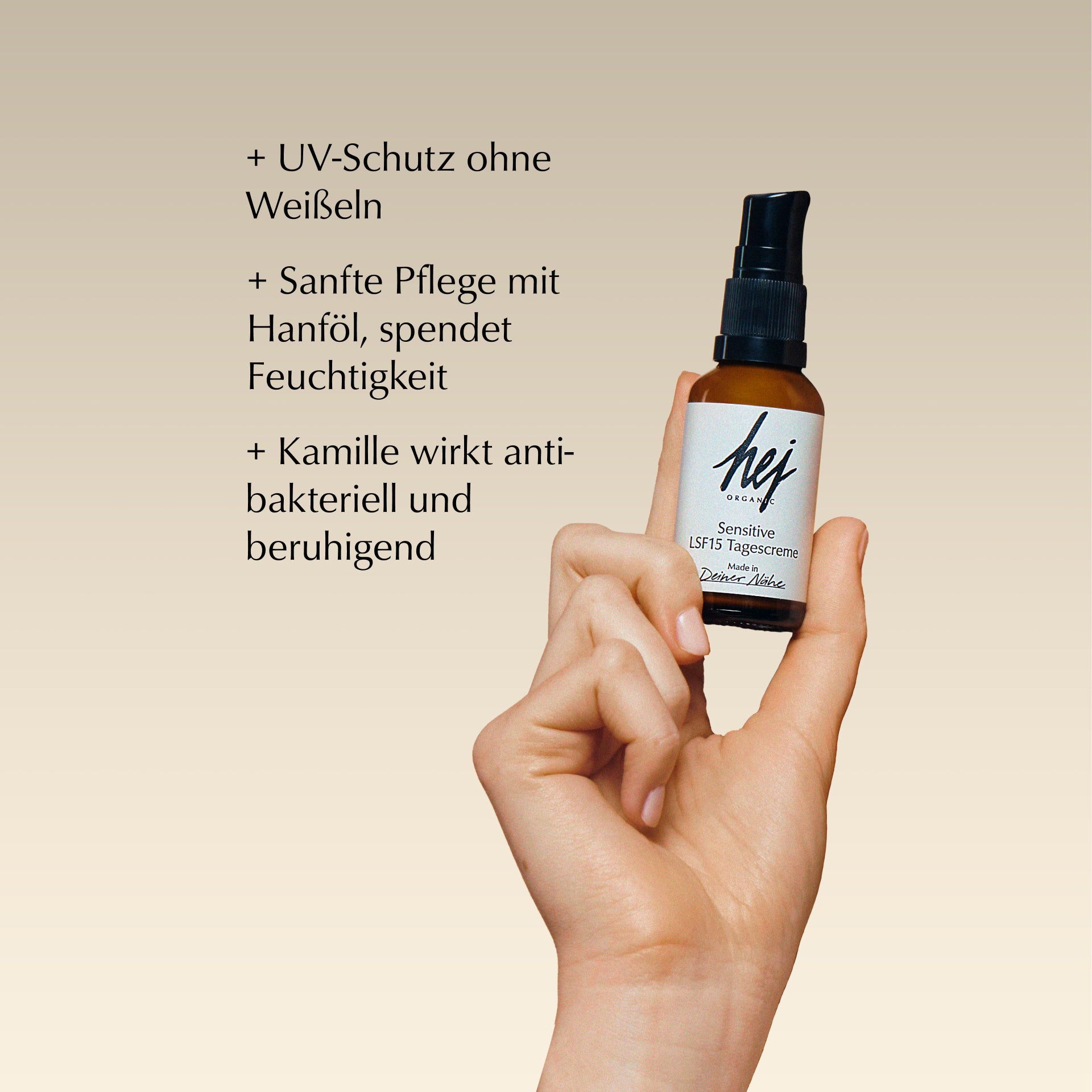
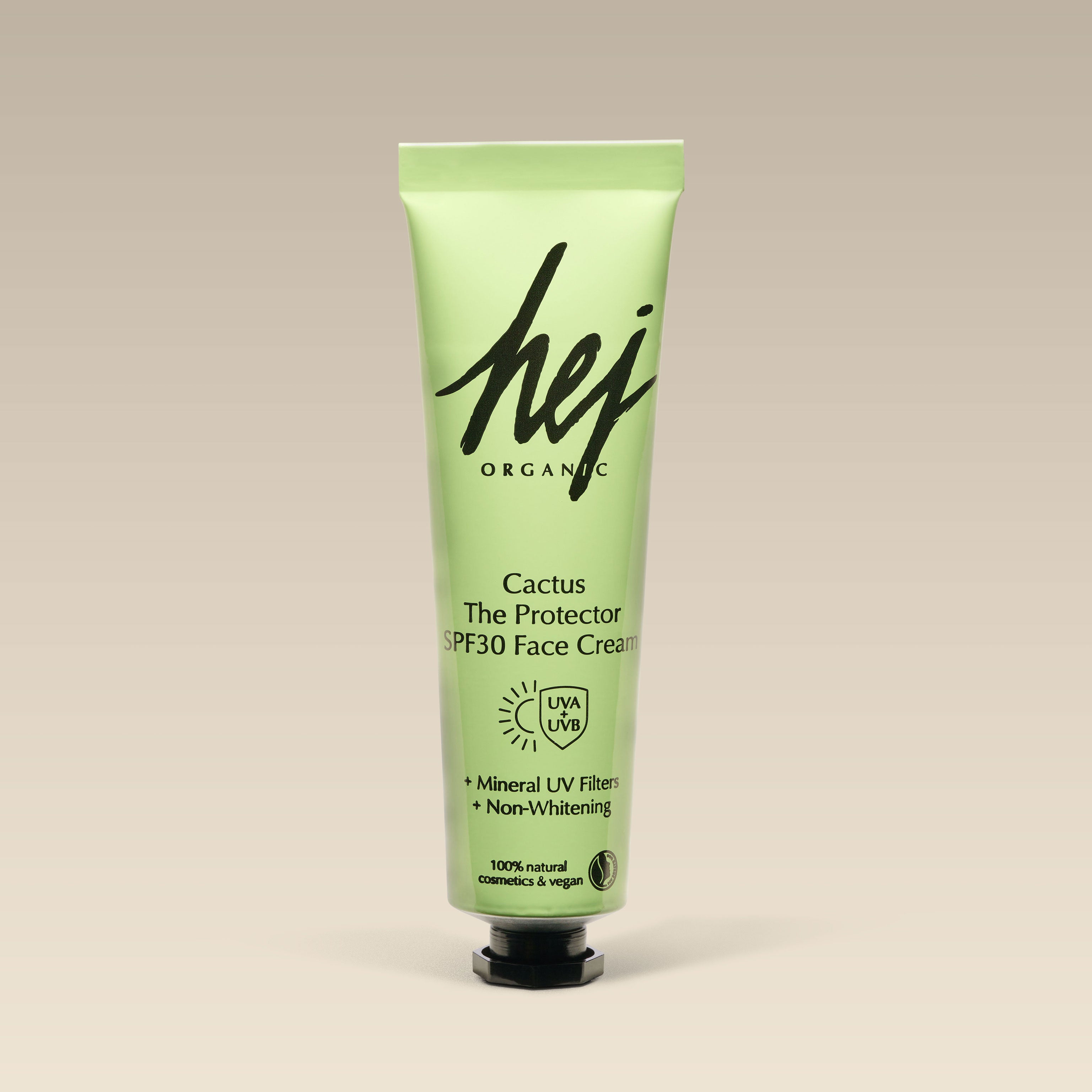

Leave a comment
This site is protected by hCaptcha and the hCaptcha Privacy Policy and Terms of Service apply.